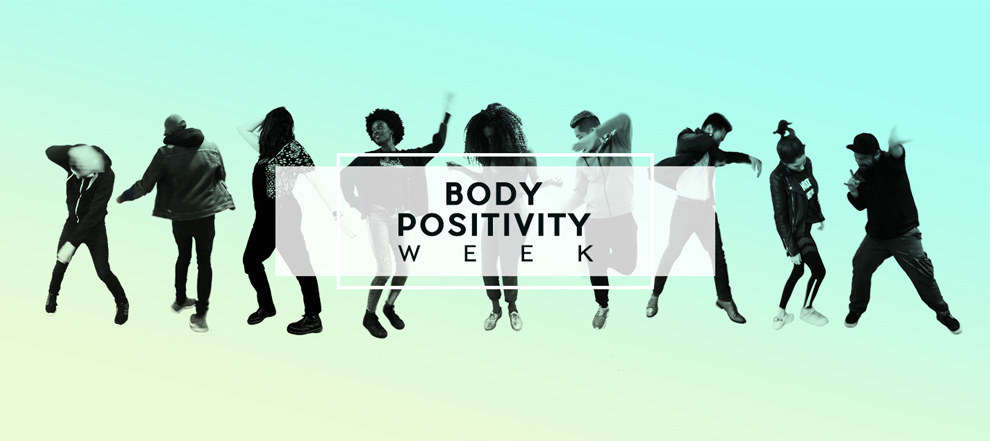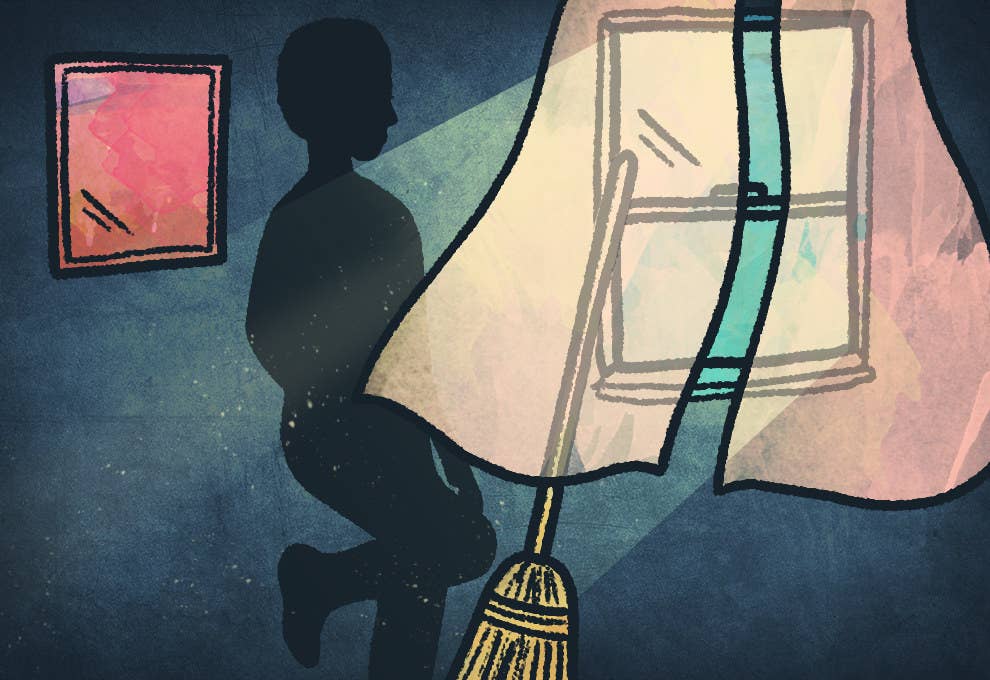
About a decade ago, when I was 25, I probably should have died from cancer. In the spring of 2004, doctors removed a tumor the size of a Nerf football from my abdomen and, with it, my ovaries. About six months later, after chemotherapy, I had another surgery, this time to remove my uterus and fallopian tubes. I lost my hair and my ability to have children. I gained a sense of the absurd and learned the value of patience. Blame it on chemo, or on my steady state of denial, but my memories of that time come to me in flashes. Here are the moments I remember best:
1. Cleaning Day
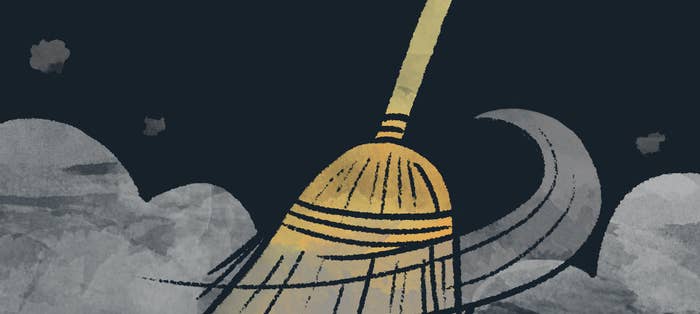
Quick cancer 101: Doctors diagnose cancer in stages 0 to IV. Stage 0 is kind of like pre-cancer. Cells are present, but haven’t spread. Stage IV is basically, well, you know, it’s usually not good. After surgery to remove my tumor, my doctor diagnosed me with Stage III ovarian cancer, which comes with about a 50-50 chance of surviving for the next five years.
One of the most surreal parts of my diagnosis was learning that I had a rare type of tumor called an immature teratoma. Strangely enough, tumors like the one I had contain bits of hair, fingernails, bones, and teeth.
I used to wonder why ovarian cancer couldn’t generate marketing and ad buzz like breast cancer. I mean, some might argue that the official ovarian cancer color (teal!) is superior to breast cancer pink. But then it dawned on me: Breast cancer is big business because there are a ton of survivors. Ovarian cancer can’t drum up that level of support because, I hate to say it, but a lot of people die.
As it turned out, I didn’t have stage III. I had stage I. The pathology lab confirmed it. When my doctor called with the news, I was in the midst of an anxiety-fueled cleaning binge. I said thanks and goodbye, leaned the broom against the windowsill, and stood there, basking in the afternoon light.
2. Abortion Protesters
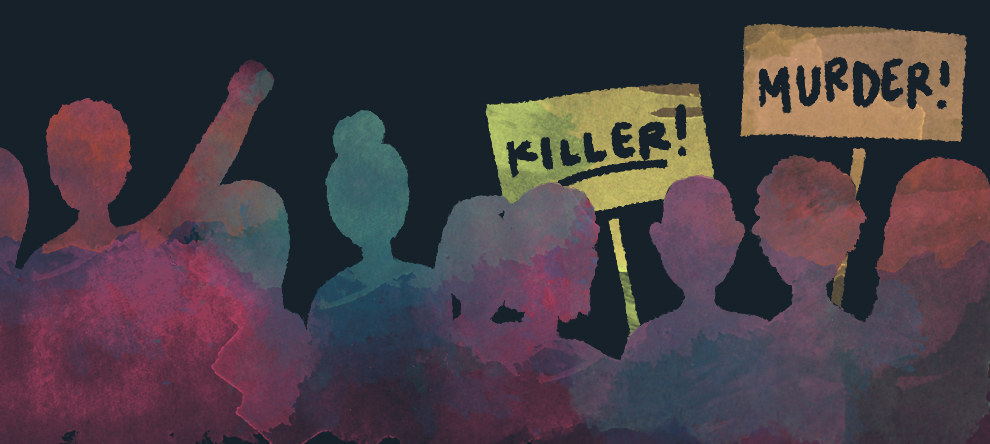
At the time of my diagnosis, I was living in Birmingham, Alabama, and the clinic where I received treatment was in an old stone building in the historic Southside neighborhood. The room where I would sit for hours, watching liquid poison enter my veins, was kind of like a living room, with the addition of nurses and IV bags.
The windows were open, the television blared morning talk shows, and each patient had her choice of seven or eight giant leather recliners. I had a regular seat in the back corner. The clinic shared a parking lot with a health center where they performed abortions.
Each morning, like clockwork, a cluster of protesters would gather to yell insults at the women as they arrived. “Baby killer!” and “Please don’t murder me, Mommy,” seemed like cruel background noise for a bunch of women being treated for gynecological cancers.
3. Peanut Butter Sandwich

Combine the feeling you have after a draining week at work with the exhaustion of having just run a marathon. Throw in the inertia of depression, douse it all with a bad case of the flu, and we’re getting close to the kind of incredible fatigue I felt throughout chemo.
Mornings were bad because, on top of everything else, I also hadn’t eaten in eight hours. One morning in May, I was alone in the apartment and was determined to take a shower and settle in on the couch. I got out of bed, made it to the bathroom and undressed. Only then did I realize that I had literally drained all of my reserve energy. I sat down on the floor, naked, to assess my options.
Taking a shower was out, because I couldn’t stand up. Wallowing on the floor until my girlfriend came home, eight hours later? Out. The solution that I came up with was that I really needed to eat a peanut butter sandwich. But for that, I had to make it to the kitchen.
Standing up, as I mentioned, wasn’t an option. Putting on my clothes seemed pointless. So I crawled, naked, out of the bathroom, through the living room, into the kitchen. Luckily, it was a small apartment. From the floor, I managed to find the bread, peanut butter, and knife, and assemble a sandwich, which I ate while sitting with my bare butt on the kitchen floor. It tasted great.
4. The Haircut
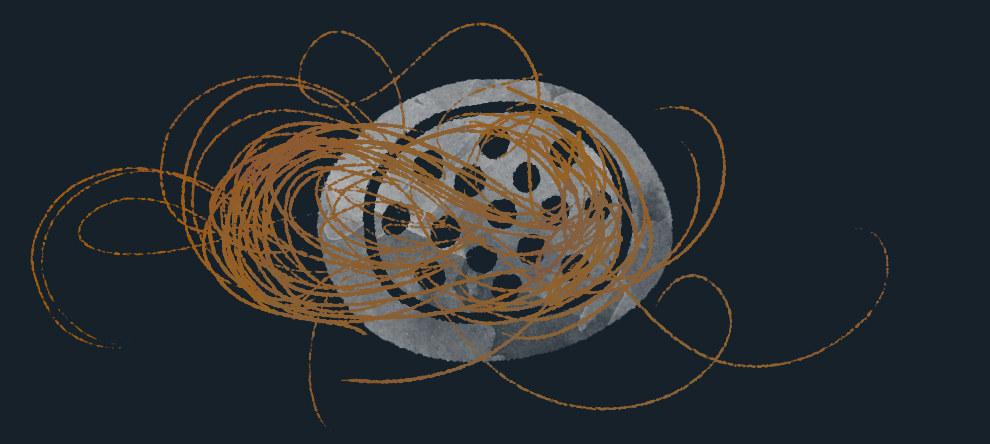
About two weeks into chemo, my hair started falling out. Eyebrow hair, too, and leg hair, underarm hair, eyelashes, pubic hair. All of it. One Saturday morning, I took a shower and more hair than normal circled the drain. My doctor had warned me, so it wasn’t a great shock.
Later that day, my girlfriend and I drove to a drugstore and bought an electric razor, and I called a good friend to tell her we were having a head-shaving party. Back at home, the three of us moved the dining room table out of the way and put a chair in the middle of the room. I sat down and they covered my body like a shroud with a black barber cape.
My friend did the honors, neatly shaving my head from side to side. I was actually kind of thrilled at the prospect of being bald. I was picturing Sinead O’Connor, Sigourney Weaver, Demi Moore. After the cut, I went into the bathroom to take a look. My big brown eyes peered back at me, sad and watery. My skin had yellowed. I didn’t look badass. I looked sick.
5. Line Dancing

If you drive northeast out of Birmingham on I-59, take exit 134, and hang a right off of Gadsden Highway, you’ll find yourself at Yellow Rose, an establishment that was, in 2004, one of the Southeast’s premier country line-dancing destinations. And what better place to celebrate the birthday of my Dolly Parton-loving, cornbread-eating, y’all-saying best friend than at Yellow (“Yella”) Rose?
Yes, I was in the middle of chemo. But hey, your best friend only turns 26 once. So there I was, bald-headed and sickly, taking in the country folk debauchery around me. The truth is, I don’t think anyone noticed. They were too busy two-stepping in matching sequined outfits and being thrown from the mechanical bull to care.
6. Mail Call
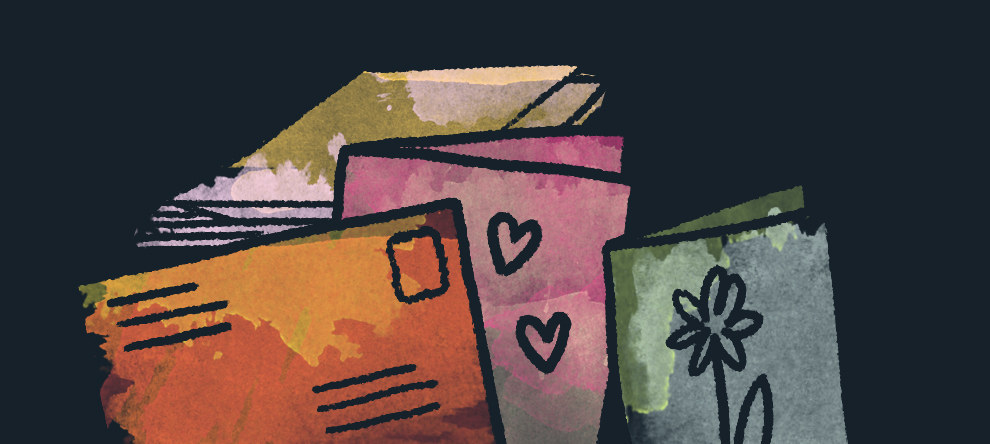
When I was sick, I got a lot of mail. Like, actual cards with my name and address on the front. Nearly every day for a year, I received notes from some of my dearest friends and from people I had never met.
I’m normally an active recycler, but I couldn’t bear to part with these cards. As they stacked up by the dozens, I had a visual reminder of all the people out there who cared about me, who wished me well, who prayed for my recovery. Other than my scars, these cards, bound with rubber bands and stored in a cardboard box, are the only artifacts of that time that I’ve kept.
Epilogue
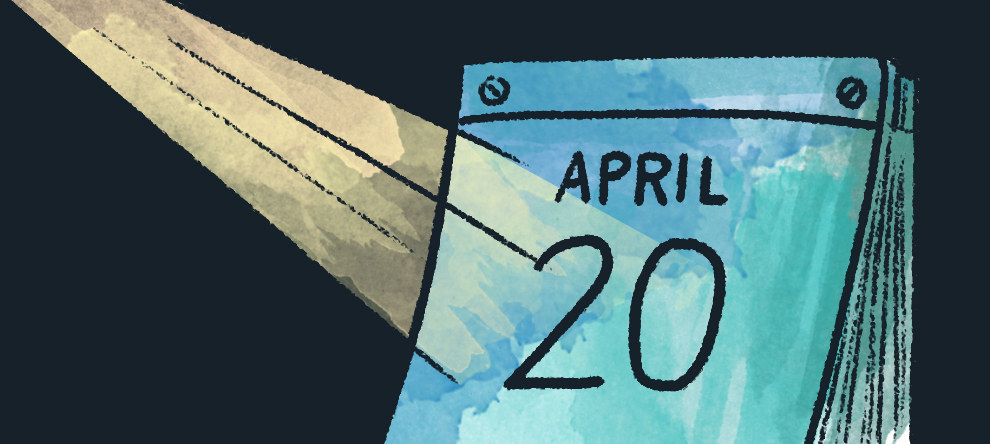
The belly button is actually a whorl of scar tissue that isn’t easy to cut through. That’s why my seven-inch surgery scar starts at the top of my belly button, wraps around counterclockwise, and descends south. About two-thirds of the way down, it overlaps another, smaller scar from my first surgery, creating a weird little numb, flattened area.
Although those lines are the most visible, my personal favorites are the smaller, fainter ones that mark points on my stomach like directionals on a compass. These three X-shaped little babies indicate the spots where doctors inserted tiny cameras into my abdomen to take a look around. One looks like a faint airplane, flying west.
In the military, some soldiers commemorate what’s called an “alive day,” the anniversary of the day when they escaped death on the battlefield. Some throw a big party, others sit in their cars and cry.
I didn’t risk my life for my country, and I didn’t really “fight” anything. But I do know that every year on April 20, the anniversary of the day that I could have died, I pause to appreciate the people who held me up when I was sick, and the light that comes through my window each morning.
Body Positivity Week is a week of content devoted to exploring and celebrating our complicated relationships with our bodies. Check out more great Body Positivity Week content here.
